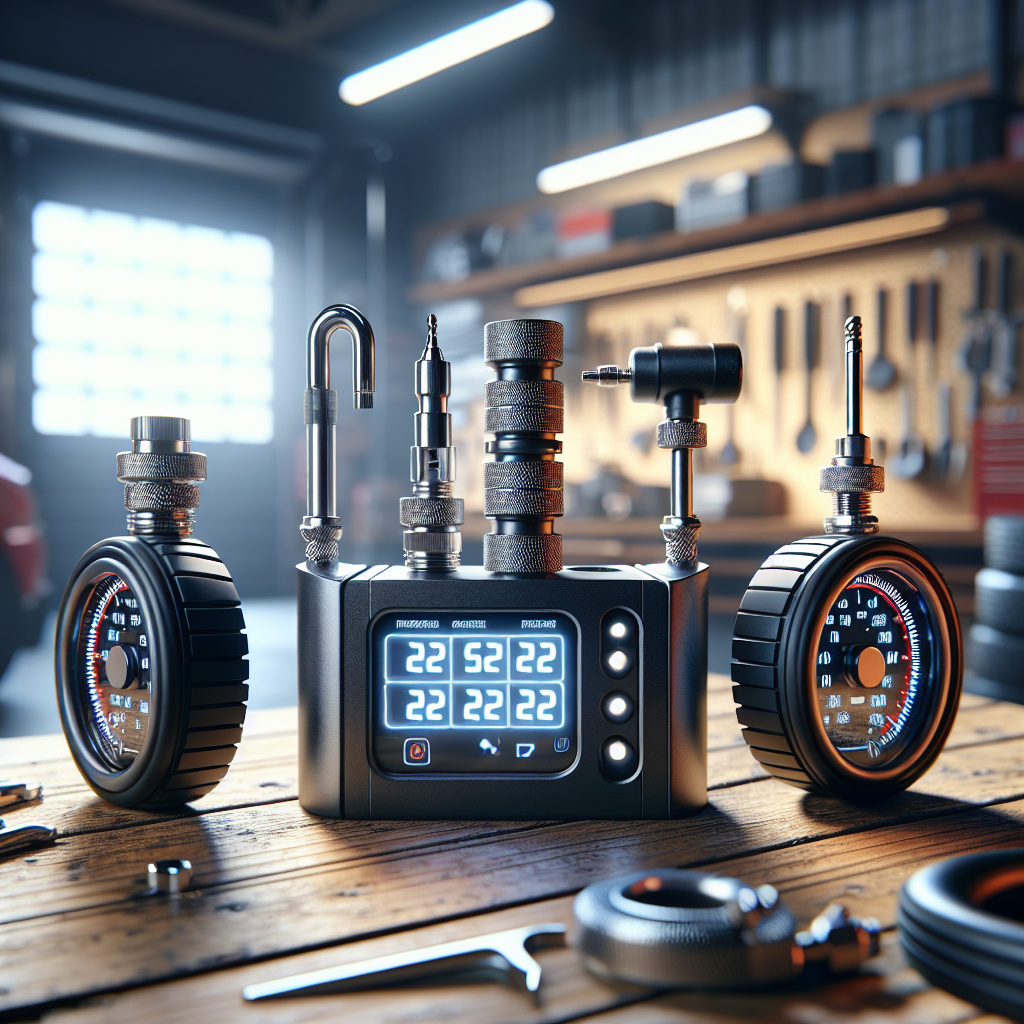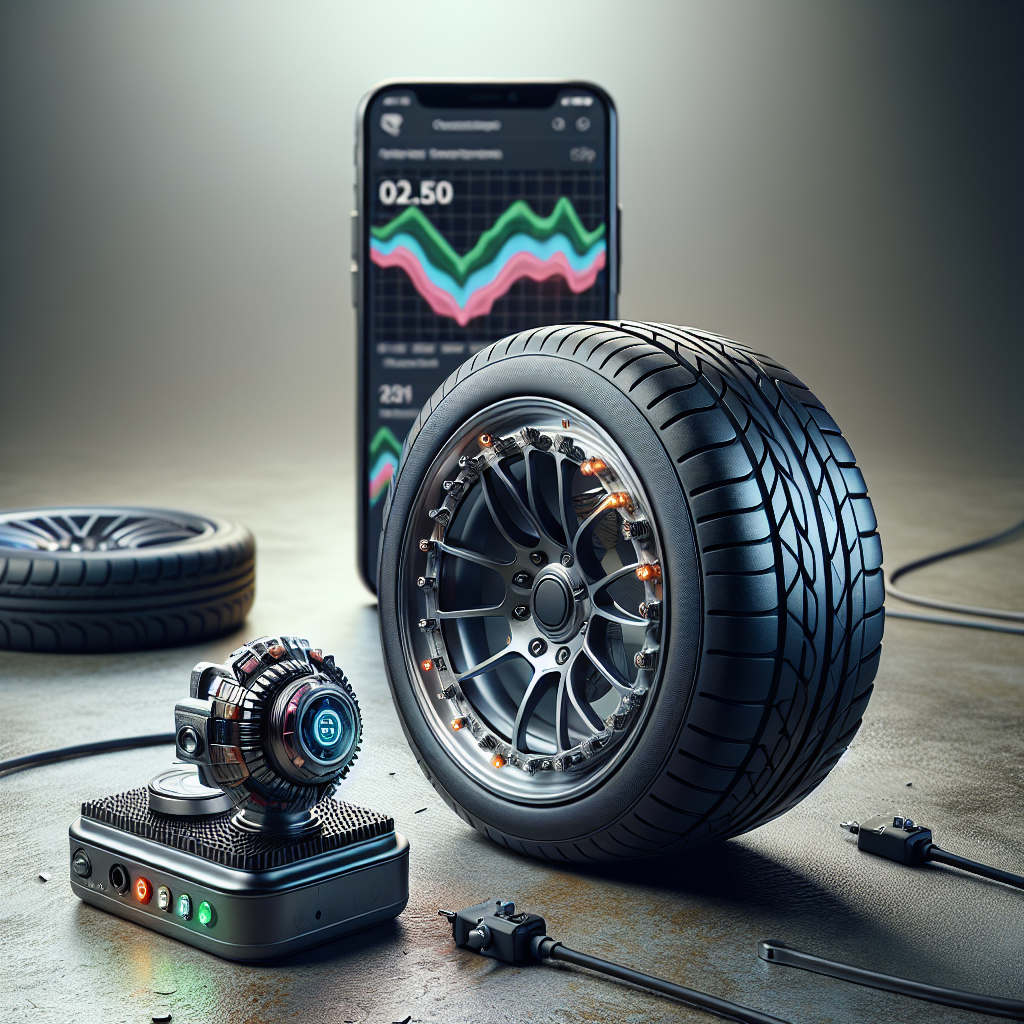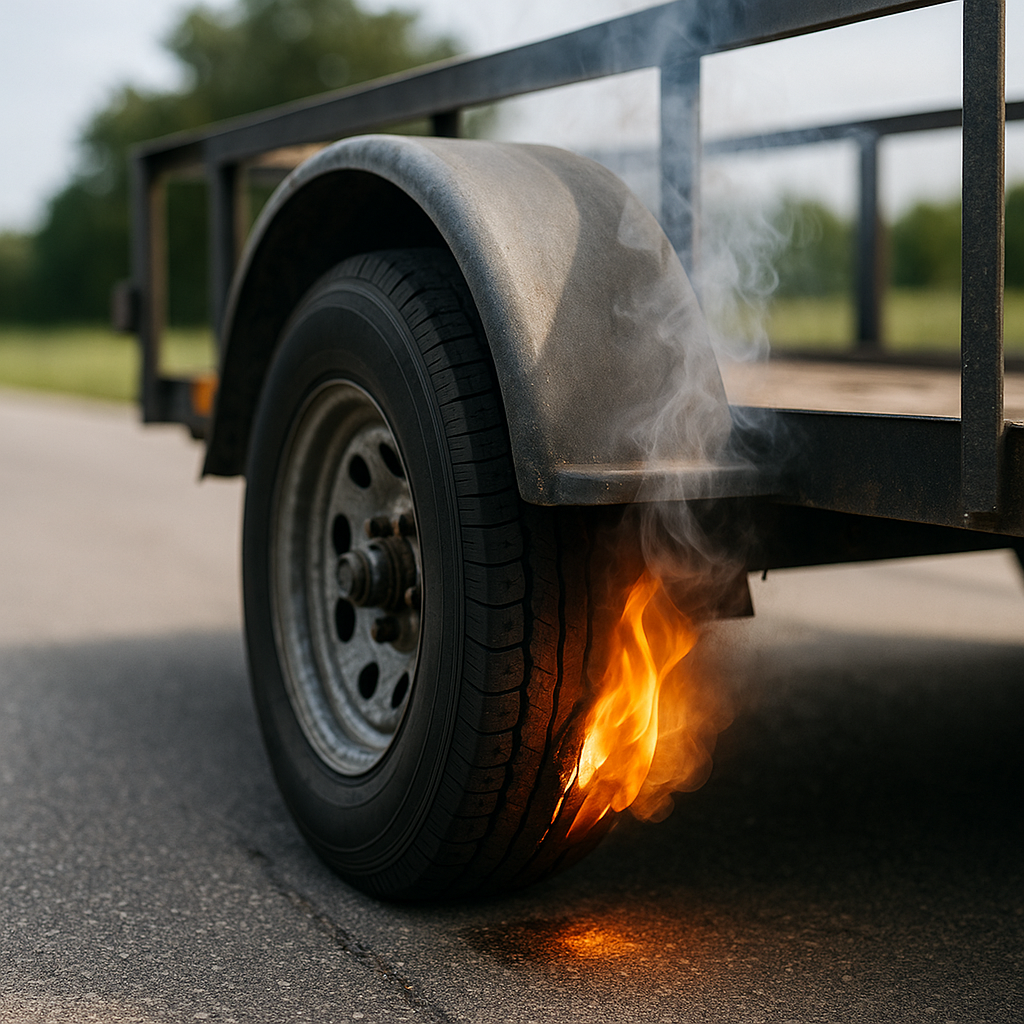Tire Pressure Monitoring Systems (TPMS) play a crucial role in enhancing the safety and efficiency of vehicles, especially trailers. These systems are designed to continuously monitor the air pressure within the tires, providing real-time data to the driver. With the increasing number of road incidents related to tire failures, understanding how these systems work can be a game-changer for any trailer owner.
A typical TPMS consists of several components, including:
- Pressure Sensors - These are installed within the tires and measure the air pressure.
- Receiver Unit - This unit collects the data from the sensors and sends alerts to the driver.
- Display Screen - This is where the driver can view the tire pressure information and any alerts regarding low pressure.
The primary function of a TPMS is to alert the driver when tire pressure falls below a certain level, which can prevent dangerous blowouts and extend tire life. By keeping the tires properly inflated, trailers can achieve better fuel efficiency and improved handling, ultimately enhancing overall performance.
With the advent of technology, modern TPMS can also integrate with smartphone apps, allowing users to monitor tire pressure remotely. This added convenience makes it easier for trailer owners to stay on top of their vehicle's health.
Tow with peace of mind, knowing that trailerwatchdog is standing guard. Visit trailerwatchdog.com to learn more about our advanced monitoring systems.
Key Components of Tire Pressure Monitoring Systems

The effectiveness of Tire Pressure Monitoring Systems (TPMS) hinges on several key components that work together seamlessly to ensure optimal performance. Understanding these components can help trailer owners appreciate the technology behind their safety and efficiency.
Here are the essential components:
- Pressure Sensors: These sensors are typically located inside the tire, either mounted on the valve stem or integrated into the tire itself. They continuously measure the tire's air pressure and temperature, sending this data to the receiver unit.
- Receiver Unit: This unit collects data from all the pressure sensors in real-time. It interprets the information to determine whether tire pressure is within safe limits and communicates any issues to the driver.
- Display Screen: The display screen is the interface that provides the driver with information regarding tire pressure. It can be a simple dashboard light indicating low pressure or a more advanced digital display showing the exact pressure readings for each tire.
- Battery: Pressure sensors are typically battery-operated, with some designed to last for several years. Monitoring battery life is crucial to ensure the sensors remain functional.
- Wireless Communication: Most TPMS utilize wireless technology to transmit data from the sensors to the receiver unit. This eliminates the need for complex wiring and allows for easier installation.
These components work in unison to provide real-time monitoring of tire conditions, significantly reducing the risk of tire-related accidents and improving overall vehicle performance.
How Tire Pressure Monitoring Systems Operate

The operation of a Tire Pressure Monitoring System (TPMS) is a sophisticated yet straightforward process designed to enhance safety and performance on the road. Understanding how these systems operate can empower trailer owners to make informed decisions about their vehicle maintenance.
Here's a breakdown of how a TPMS functions:
- Data Collection: Each tire is equipped with a pressure sensor that continuously monitors its air pressure and temperature. These sensors are designed to detect any fluctuations in tire pressure that could indicate a potential issue.
- Transmission of Information: Once the sensors gather this data, they wirelessly transmit the information to the receiver unit, which is usually located in the vehicle's cabin. This transmission occurs at regular intervals, ensuring that the most current data is available.
- Analysis of Data: The receiver unit receives the data and analyzes it in real-time. If the pressure in any tire falls below the manufacturer-recommended threshold, the system identifies it as a potential hazard.
- Alert Mechanism: If a tire is found to be under-inflated, the TPMS triggers an alert. This alert can be visual—such as a dashboard warning light—or auditory, alerting the driver to the issue immediately.
- Continuous Monitoring: The system continues to monitor tire conditions even after a warning is issued. This ongoing surveillance ensures that drivers are kept informed of any changes in tire status, allowing for timely corrective action.
Through this seamless operation, Tire Pressure Monitoring Systems play a crucial role in maintaining tire health, enhancing fuel efficiency, and reducing the likelihood of tire blowouts, ultimately contributing to a safer driving experience.
Benefits of Using Tire Pressure Monitoring Systems
The implementation of a Tire Pressure Monitoring System (TPMS) brings a multitude of benefits that significantly enhance both the safety and performance of trailers on the road. Understanding these advantages can help trailer owners appreciate the value of this technology.
Here are some key benefits of using Tire Pressure Monitoring Systems:
- Enhanced Safety: One of the primary advantages of a TPMS is its ability to alert drivers to low tire pressure, which can prevent blowouts and accidents. Maintaining optimal tire pressure ensures better traction and stability, significantly improving overall safety.
- Improved Fuel Efficiency: Properly inflated tires can lead to better fuel economy. When tire pressure is maintained at the recommended levels, rolling resistance decreases, allowing vehicles to consume less fuel during operation.
- Extended Tire Life: Consistent monitoring of tire pressure helps in prolonging the lifespan of tires. Under-inflation can cause uneven wear and tear, leading to premature tire replacement. A TPMS assists in maintaining proper pressure, thereby enhancing tire longevity.
- Increased Awareness: A TPMS fosters a proactive approach to trailer maintenance. Drivers are provided with real-time data about their tire conditions, allowing them to take action before minor issues escalate into major problems.
- Convenience: The automation of tire pressure monitoring allows for less manual checking and maintenance. This user-friendly system provides peace of mind, making it easier for drivers to focus on the road ahead.
Incorporating a Tire Pressure Monitoring System into your trailer not only safeguards your investment but also contributes to a more efficient and worry-free driving experience.
Common Issues with Tire Pressure Monitoring Systems

While Tire Pressure Monitoring Systems (TPMS) offer numerous advantages, they are not without their challenges. Understanding common issues associated with TPMS can help trailer owners mitigate potential problems and ensure optimal performance.
Here are some frequently encountered issues with Tire Pressure Monitoring Systems:
- Sensor Malfunction: One of the most common problems is sensor failure, which can occur due to battery depletion, physical damage, or corrosion. When sensors are not functioning properly, they may provide inaccurate readings or fail to alert the driver to low tire pressure.
- Calibration Errors: After tire rotations or replacements, TPMS sensors may require recalibration. If this step is overlooked, the system may not give accurate readings, leading to potential safety risks.
- Interference from External Devices: TPMS can occasionally experience interference from external electronic devices, which may cause false alarms or erratic readings. This issue can be particularly problematic in areas with high electromagnetic activity.
- Low Battery Life: Many TPMS sensors are battery-operated and have a limited lifespan. When the battery is low, the system may not function correctly, leading to missed warnings about tire pressure.
- Temperature Sensitivity: Tire pressure can fluctuate with temperature changes. Extreme heat or cold can cause pressure variations that may trigger alerts, leading to confusion about actual tire health.
Being aware of these common issues allows trailer owners to take a proactive approach in maintaining their Tire Pressure Monitoring Systems, ensuring they operate effectively and provide accurate information when it matters most.
Conclusion on Tire Pressure Monitoring Systems

In summary, Tire Pressure Monitoring Systems (TPMS) play a crucial role in enhancing the safety and performance of trailers. By providing real-time data on tire pressure, these systems help prevent issues such as blowouts and uneven tire wear, ultimately contributing to safer journeys.
The integration of TPMS technology not only offers peace of mind to trailer owners but also promotes better fuel efficiency and extends the lifespan of tires. As we explored, understanding how tire pressure monitoring systems work, their components, and common challenges can empower owners to utilize this technology effectively.
Investing in a robust TPMS is a step towards smarter and safer towing. Tow with peace of mind, knowing that trailerwatchdog is standing guard. For more information on transforming your trailer into a smart trailer, visit trailerwatchdog.com.








